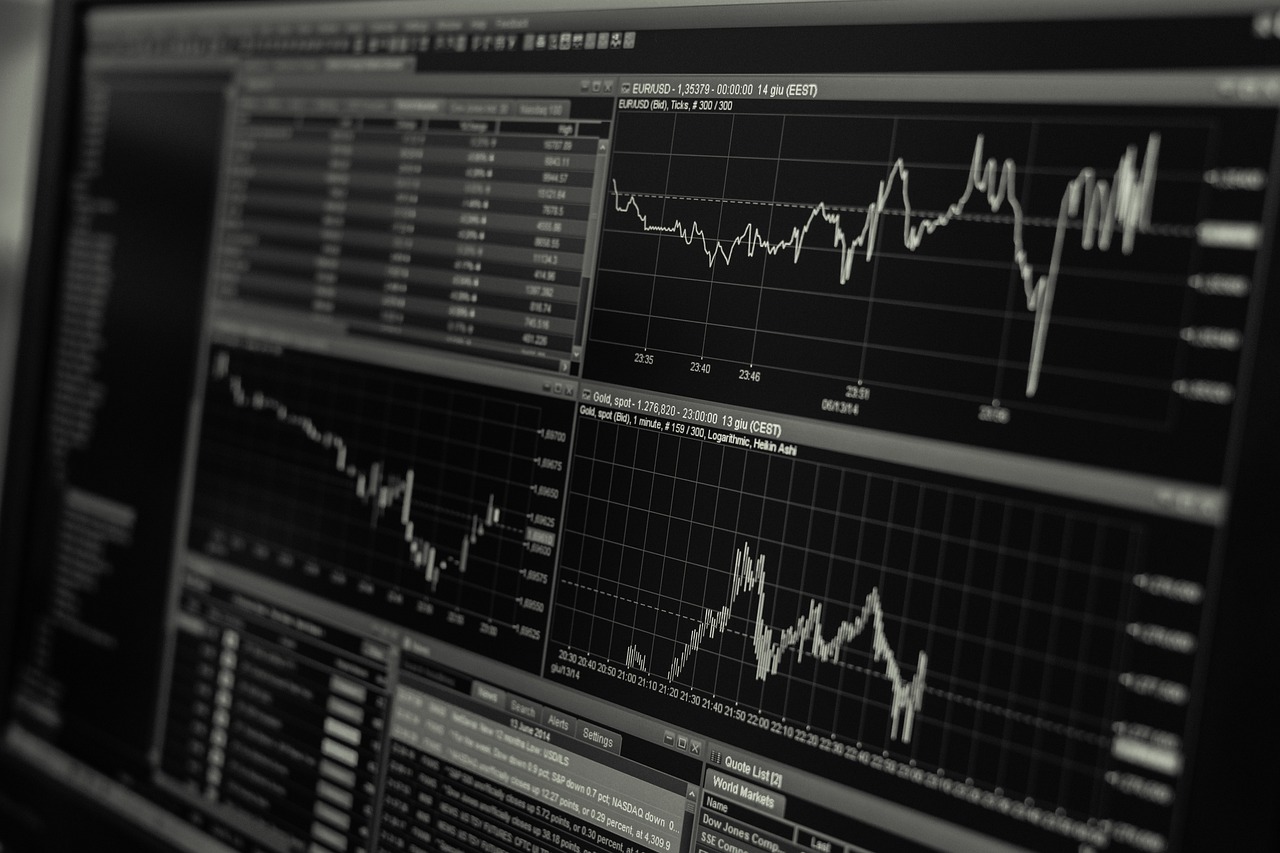- 17 May 2024
- 43
Mastering Forex Asset Management: A Comprehensive Guide

Foreign exchange (forex) trading is one of the most liquid and dynamic financial markets in the world. Managing forex assets requires a blend of financial acumen, strategic planning, and risk management. This guide delves into the essential aspects of forex asset management, providing insights into strategies, tools, and best practices for success in this field.
Understanding Forex Asset Management
What is Forex Asset Management?
Forex asset management involves the professional handling of a portfolio of foreign currencies and financial instruments within the forex market. It aims to achieve specific investment goals, whether for individual investors or institutional clients, through various trading strategies and risk management techniques.
Importance of Forex Asset Management
Effective forex asset management can lead to significant returns due to the high liquidity and volatility of the forex market. Proper management helps in mitigating risks, optimizing returns, and ensuring that investment strategies align with market conditions and client objectives.
Key Strategies in Forex Asset Management
Diversification
Diversification involves spreading investments across different currency pairs and financial instruments to minimize risk. This strategy helps to cushion the portfolio against significant losses from any single investment.
Technical Analysis
Technical analysis uses historical price data, chart patterns, and technical indicators to predict future market movements. Tools such as moving averages, Bollinger Bands, and Fibonacci retracements are commonly used to identify trading opportunities and trends.
Fundamental Analysis
Fundamental analysis involves evaluating economic indicators, geopolitical events, and news reports to forecast currency price movements. Key indicators include interest rates, inflation rates, GDP growth, and employment figures.
Algorithmic Trading
Algorithmic trading uses automated systems and algorithms to execute trades based on predefined criteria. This strategy can process large volumes of data quickly and can be back-tested against historical data to improve accuracy and efficiency.
Risk Management in Forex Asset Management
Setting Stop-Loss and Take-Profit Orders
Stop-loss orders limit potential losses by closing a trade when the price reaches a predetermined level. Take-profit orders ensure that profits are locked in by closing a trade when it reaches a specified profit level.
Leverage Management
Leverage allows traders to control larger positions with a smaller amount of capital. However, it also amplifies potential losses. Effective leverage management involves using leverage judiciously to enhance returns while controlling risk exposure.
Hedging
Hedging involves opening positions in different directions or in correlated assets to offset potential losses. This strategy is used to protect the portfolio against adverse market movements.
Tools and Platforms for Forex Asset Management
Trading Platforms
Platforms like MetaTrader 4 (MT4), MetaTrader 5 (MT5), and cTrader provide comprehensive tools for technical analysis, automated trading, and risk management. These platforms are essential for executing trades and monitoring the market.
Economic Calendars
Economic calendars provide information on upcoming economic events and data releases. This tool is crucial for fundamental analysis and planning trades around key events that can impact currency prices.
Risk Management Software
Software solutions like Myfxbook and FX Blue help traders track performance, analyze trading history, and manage risk. These tools offer insights into the profitability and risk profile of trading strategies.
Best Practices for Forex Asset Management
Continuous Learning and Adaptation
The forex market is constantly evolving, and successful asset managers must stay informed about market trends, new strategies, and technological advancements. Continuous education and adaptation are key to maintaining a competitive edge.
Discipline and Patience
Discipline in adhering to trading plans and risk management protocols is crucial for long-term success. Patience is also essential, as not all trades will yield immediate profits. Staying committed to the strategy is vital.
Regular Performance Review
Regularly reviewing the performance of trading strategies and adjusting them based on market conditions is important. Performance reviews help in identifying strengths and weaknesses, ensuring that the portfolio remains aligned with investment goals.
Comparative Analysis Table
| Feature | Technical Analysis | Fundamental Analysis | Algorithmic Trading |
|---|---|---|---|
| Basis | Historical price data | Economic indicators and news | Predefined algorithms |
| Tools | Charts, indicators | Economic calendars, reports | Automated trading systems |
| Time Frame | Short to medium term | Medium to long term | Varies |
| Skill Requirement | Technical skills | Economic understanding | Programming and quantitative skills |
| Risk Level | Moderate | High | Varies |
| Adaptability | High | Moderate | High |
Analysis Table
| Aspect | Description | Importance |
|---|---|---|
| Diversification | Spreading investments across various currency pairs and instruments | High |
| Technical Analysis Tools | Charts, moving averages, Bollinger Bands, Fibonacci retracements | High |
| Fundamental Analysis Indicators | Interest rates, inflation, GDP, employment figures | High |
| Algorithmic Trading Systems | Automated systems for executing trades | Medium |
| Risk Management Techniques | Stop-loss, take-profit orders, hedging | High |
| Trading Platforms | MetaTrader 4, MetaTrader 5, cTrader | High |
| Economic Calendars | Upcoming economic events and data releases | High |
| Risk Management Software | Myfxbook, FX Blue | Medium |
| Continuous Learning | Staying informed about market trends and new strategies | High |
| Discipline and Patience | Adherence to trading plans and risk management | High |
| Regular Performance Review | Reviewing and adjusting trading strategies | High |
Conclusion
Mastering forex asset management involves a comprehensive understanding of various trading strategies, risk management techniques, and the effective use of tools and platforms. Diversification, technical and fundamental analysis, and algorithmic trading are key strategies that, when combined with disciplined risk management and continuous learning, can lead to successful asset management. As the forex market continues to evolve, staying informed and adaptable is crucial for maintaining a competitive edge and achieving long-term investment goals.


